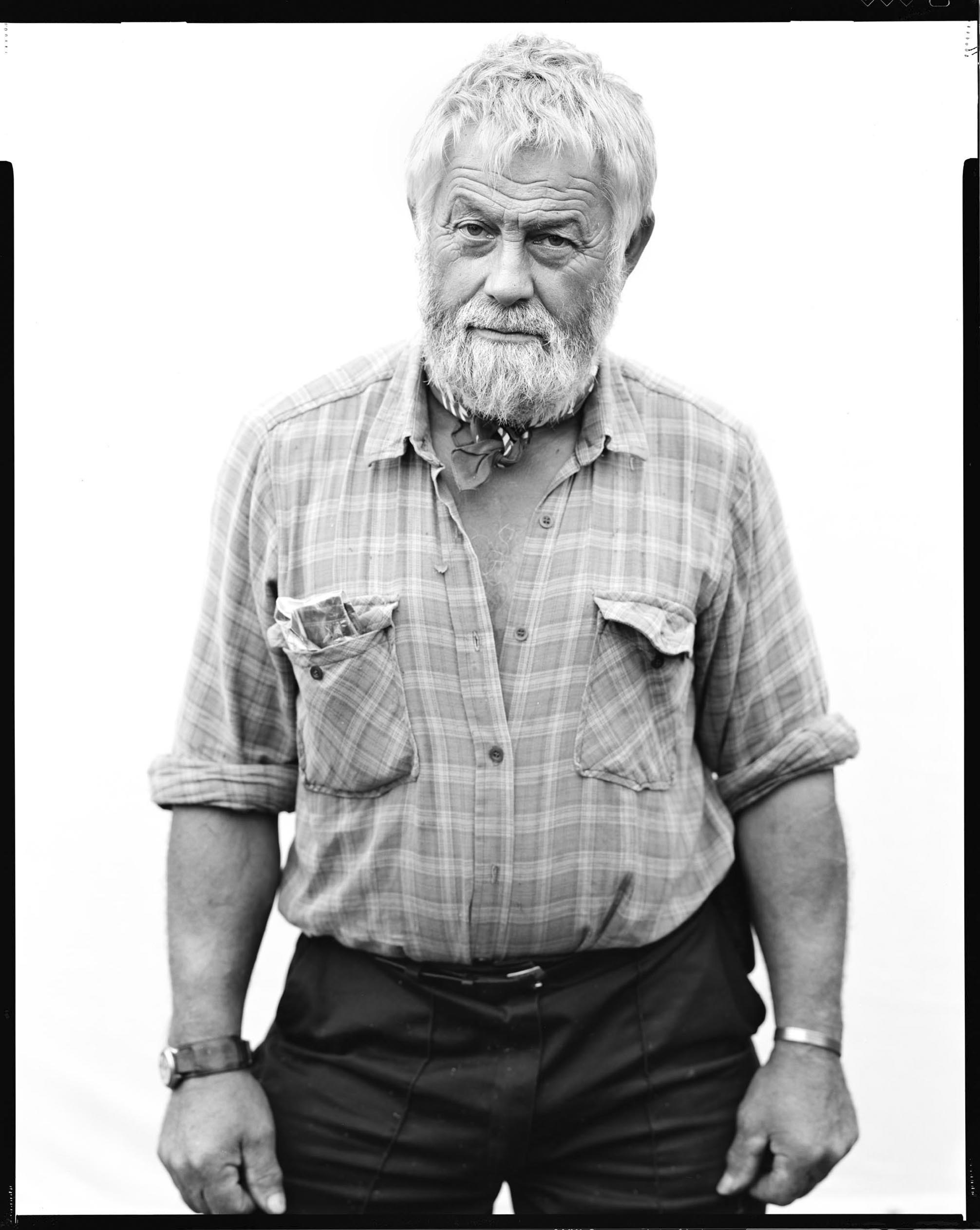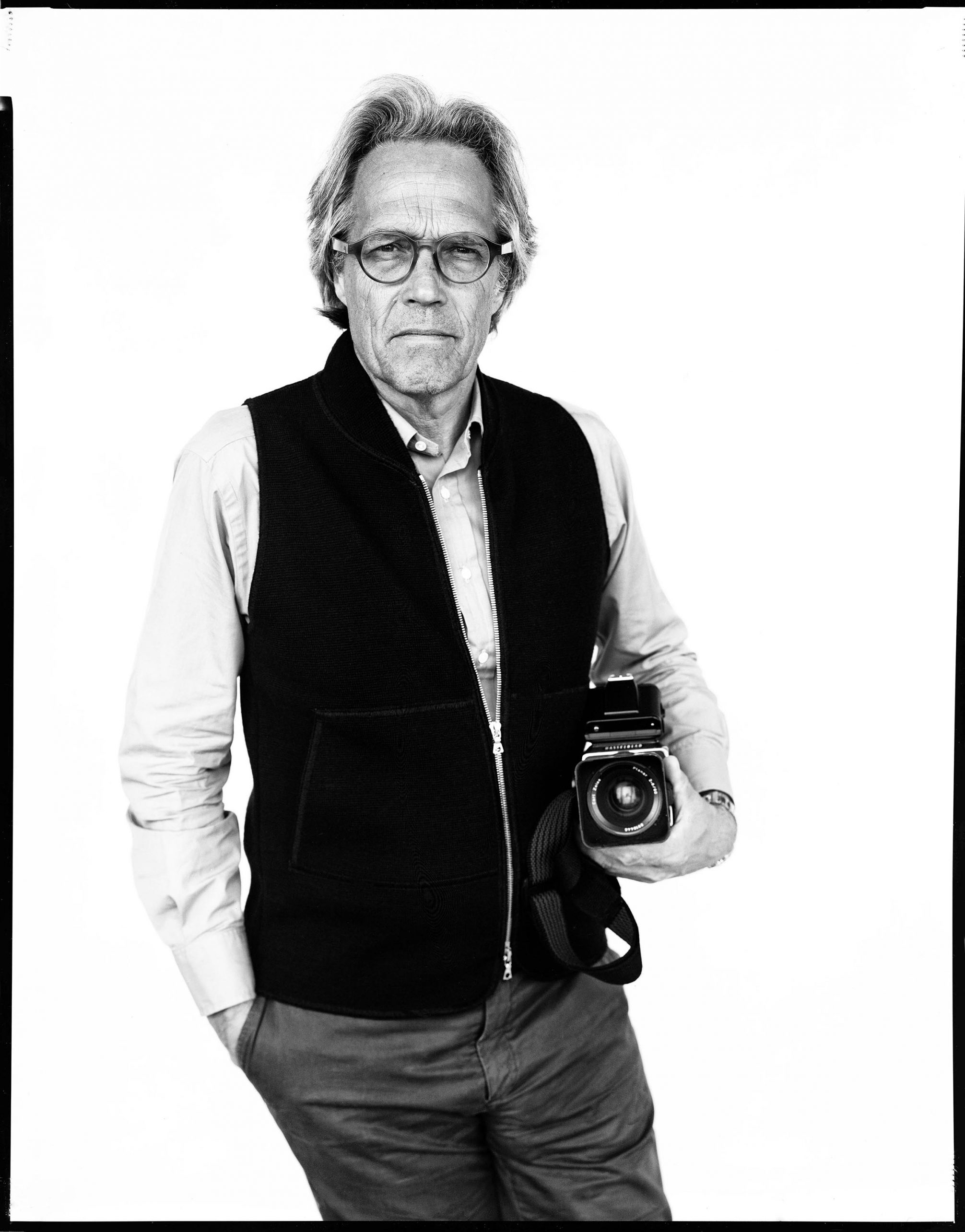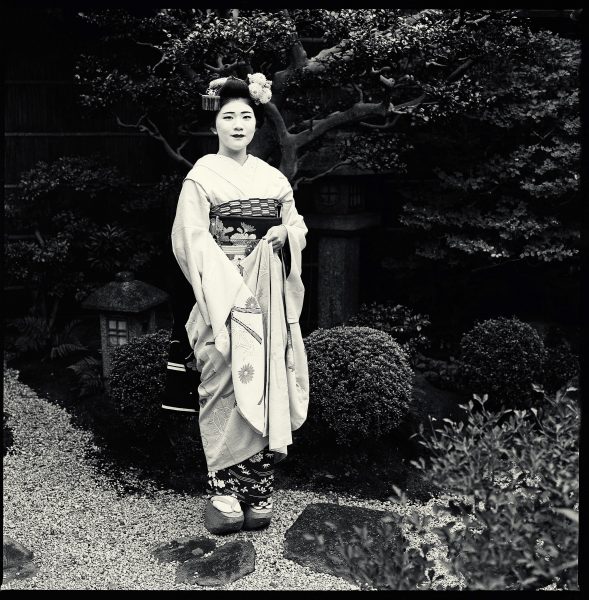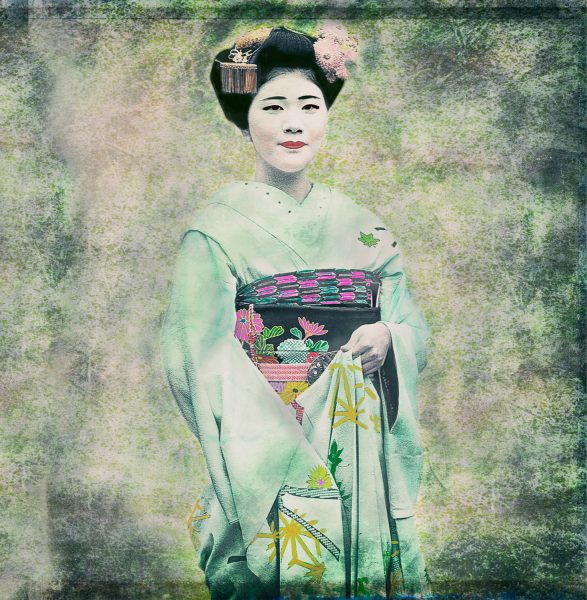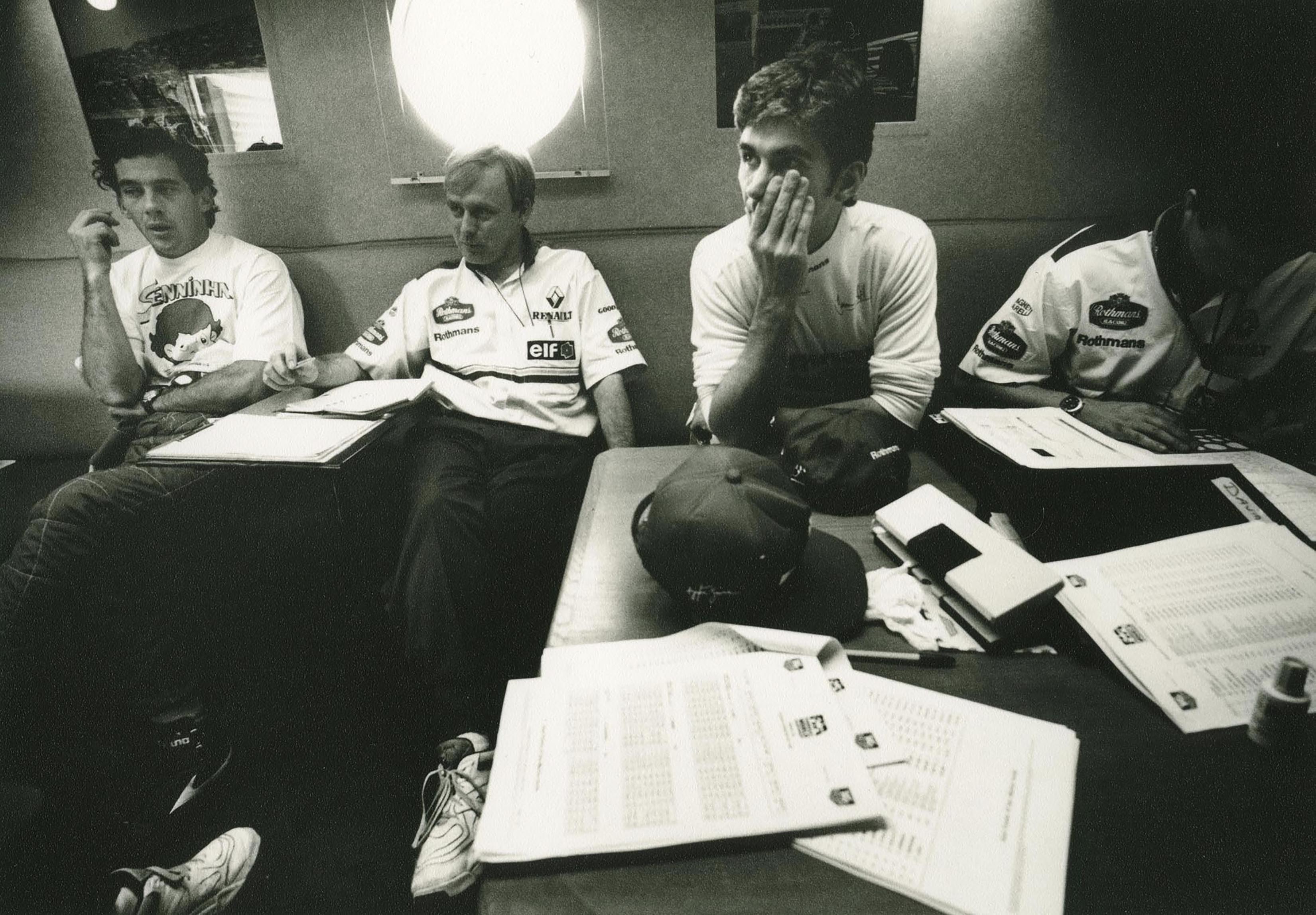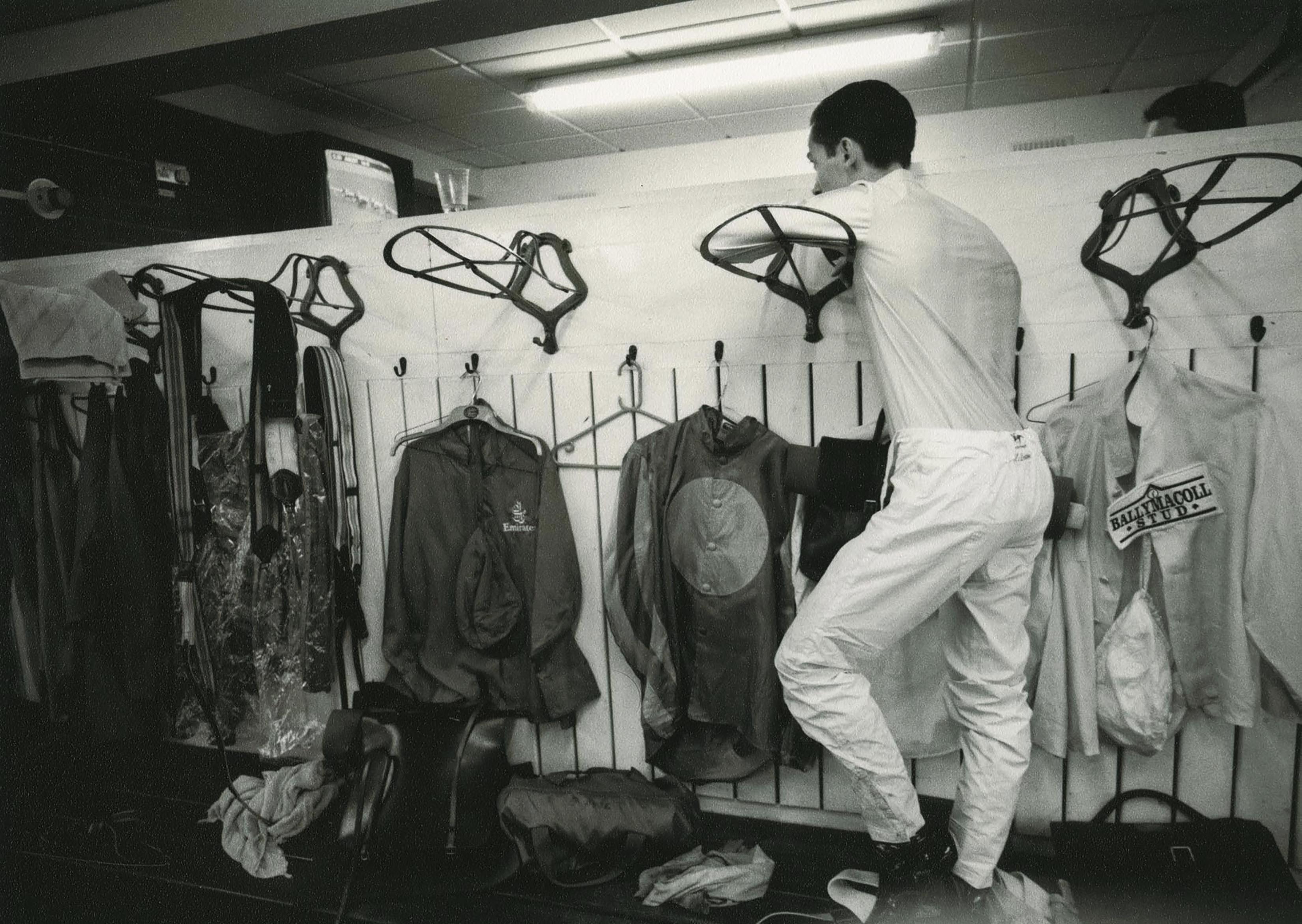Photographing Goodwood Posted On 5th May 2020 To Magazine & Stories

An object of beauty
I have just been asked to explain why I use film to make many of my images….. well the simple answer is ‘I like the process….I love the total engagement film gives me. Working out how many rolls to take, what size film to take, packing it all up and hoping I haven’t forgotten my light meter.
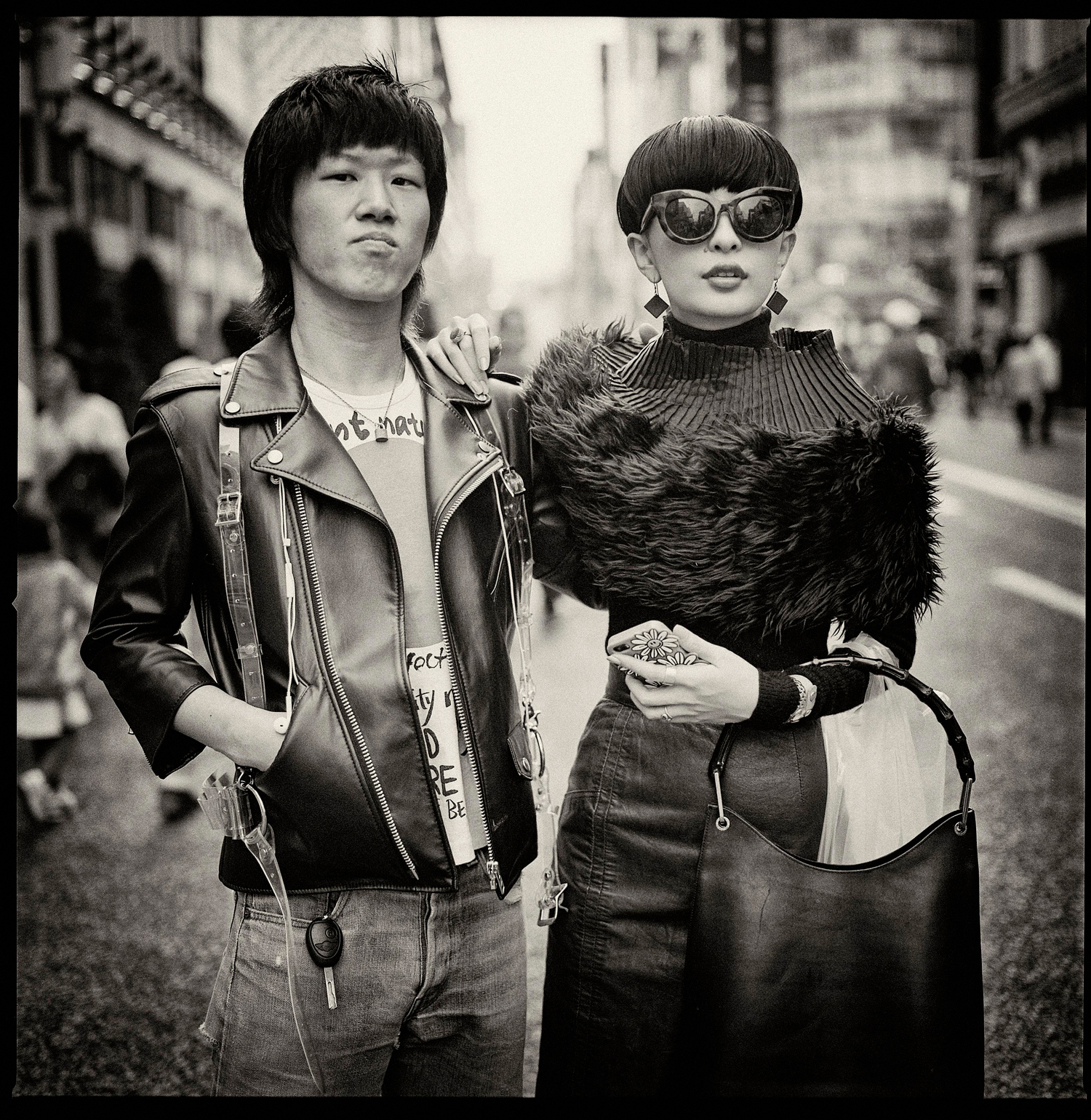
I love the reaction when I give somebody a print at 12 inches square in an archival sleeve. It’s an object of beauty, its tangible, it’s exciting, its more than a digital print…it’s a whole song and dance to get to that moment.
Sometimes I don’t process film for weeks, months. I like to leave it, let the emotion of the moment that I pushed the button fade away. It makes me look at images as images and be more critical of the subject.
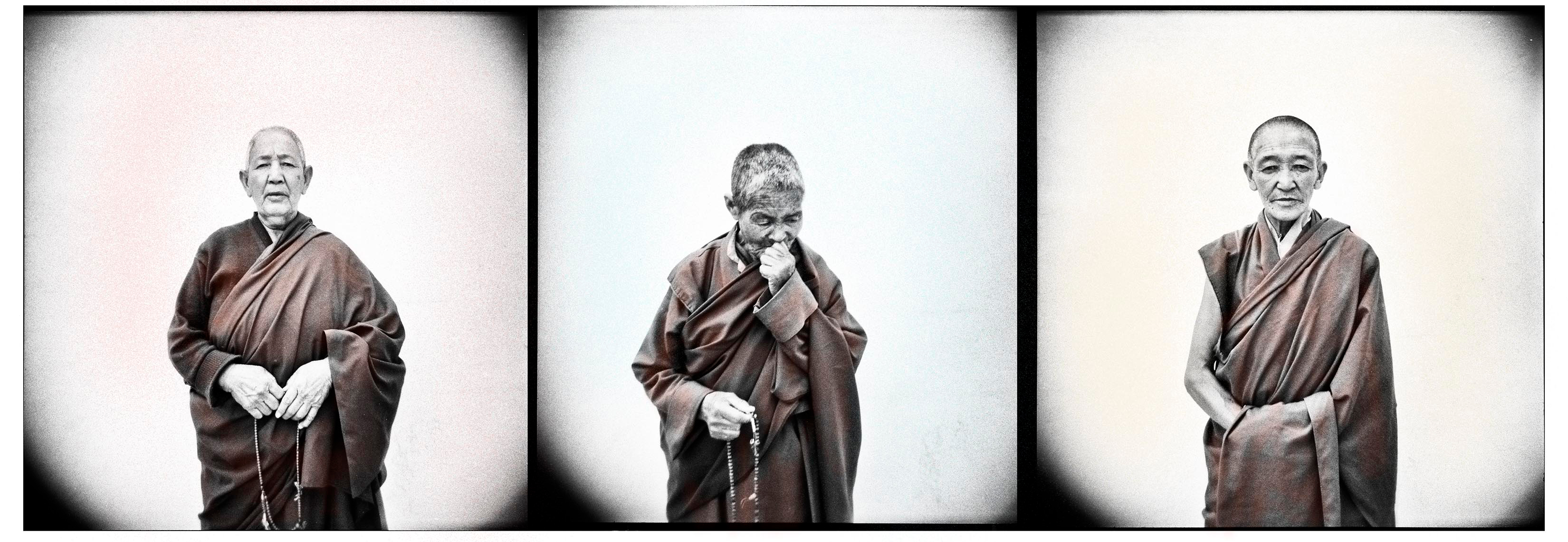
An old friend
Last year I set myself a little project to go out and take one roll of 120 FP4 and my Hasselblad 503. I went into the woods near where I live to photograph trees and came home and processed it. It made me really think again of what I was looking at – was it worthy of me pushing the button?
And the bottom line is, in response to the question of why I shoot film. 40 years ago that’s what I learnt. My career was crafted around film, it’s an old friend which I treat with respect.
Don’t get me wrong of course I shoot digital too but whenever possible I shoot a roll or a couple of frames of film.
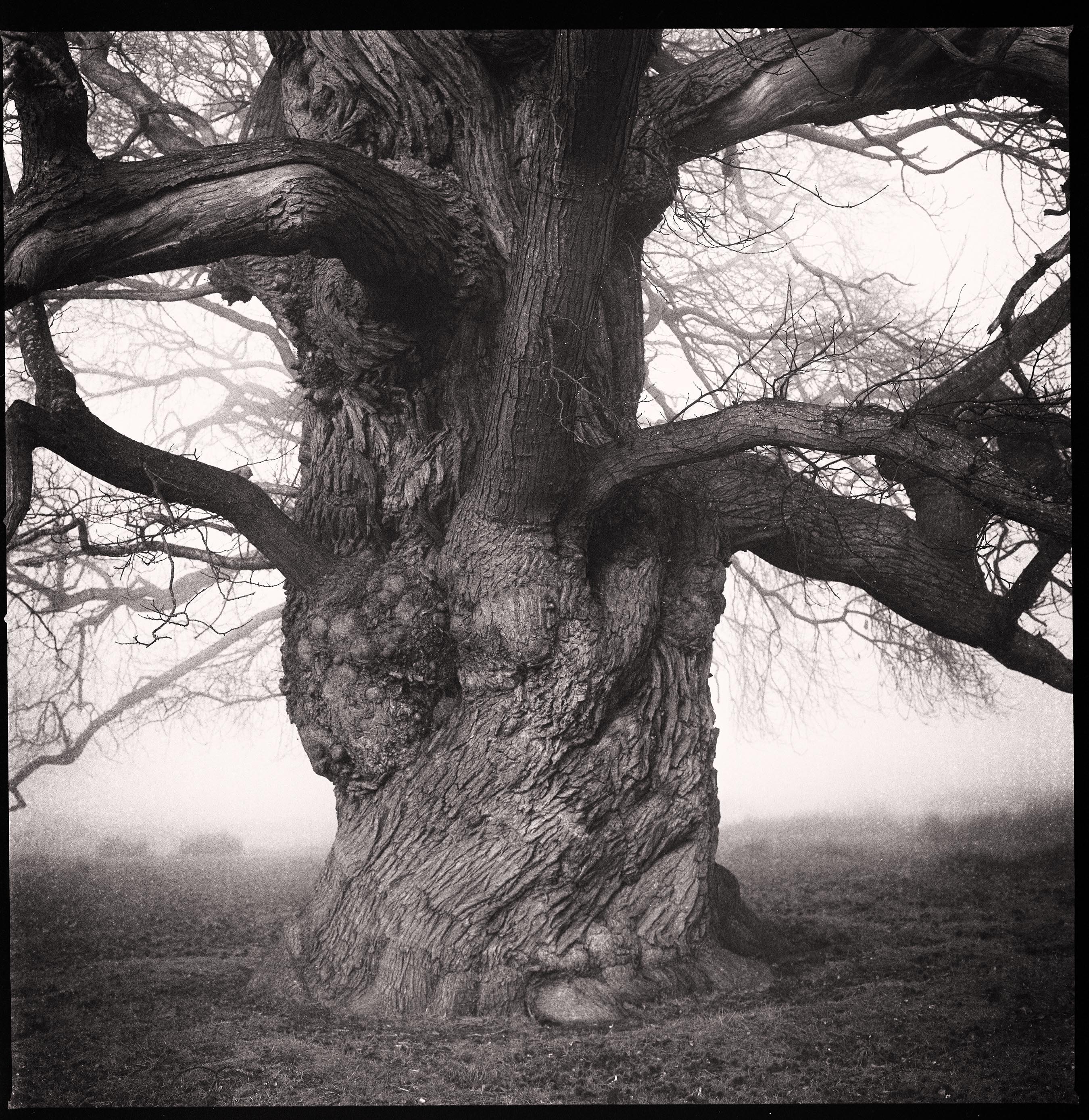
Gandolfi Camera
15 years ago I had a Gandofi 8x10 camera made to photograph a series of portraits of people who live and work in the British countryside. White background – the whole Avedon experience. The camera created such interest particularly with older people as they remembered their fathers or grandfathers hopping under the blanket to focus the thing… but one guy who was mid-twenties at the time couldn’t believe I was using this monster and asked where I put the memory card! When I picked up the film plate he turned white, I was half expecting him to ask how many pixels it was.
Documenting the Goodwood Estate
Now the Gandolfi camera is a mainstay in my bag of tricks. I have been commissioned to document the Goodwood Estate for a book that will come out in a few years time as we are still only a third of the way through the project. I'm using it along with the Hasselblad for many of the landscapes, and when the autumn approaches and still, misty mornings will be abundance I hope to use it for these images too. I shoot using HP5 and most of the time the exposures time is slow, 15th or 30th at approx F32 or above. For portraits I shoot a bit quicker and maybe push the film a stop, it's so sharp that I can get away with 800asa.
The last person to be commissioned to document the GW estate was the English painter, George Stubbs in the 1750’s so its quite a monumental post…
- Percy, man of the woods. West Sussex 2016. HP5 at 400 asa. Available light.
- The Duke of Richmond, 2019 HP5 at 400asa. The Duke is also a very accomplished photographer. Slight homage to Avedon and his Lee Friedlander portrait.
Geisha's in Japan
Recently, I have been playing around with the images, particularly images I shot a year or so ago in Japan. The images were made for a client who had commissioned me over several trips. The images were shot on the Hasselblad, a couple on some very old film stuffed in the bag which I used as a test. I processed the film, scanned it at home and in some cases painted onto the image using Affinity Photo for ipad (I would do this whilst on a plane journey, headphones on). This for me only works when using a great deal of negs so it needs to relate to a single project or theme. I loved doing it as I had created the whole process, film, dev, scan, paint, print, deliver. So each round of the process has its own benefits and it stands alone.
The two images show the portrait of a Geisha in Tokyo and the worked piece that is now on display in Tokyo printed at 3 feet square (image size).
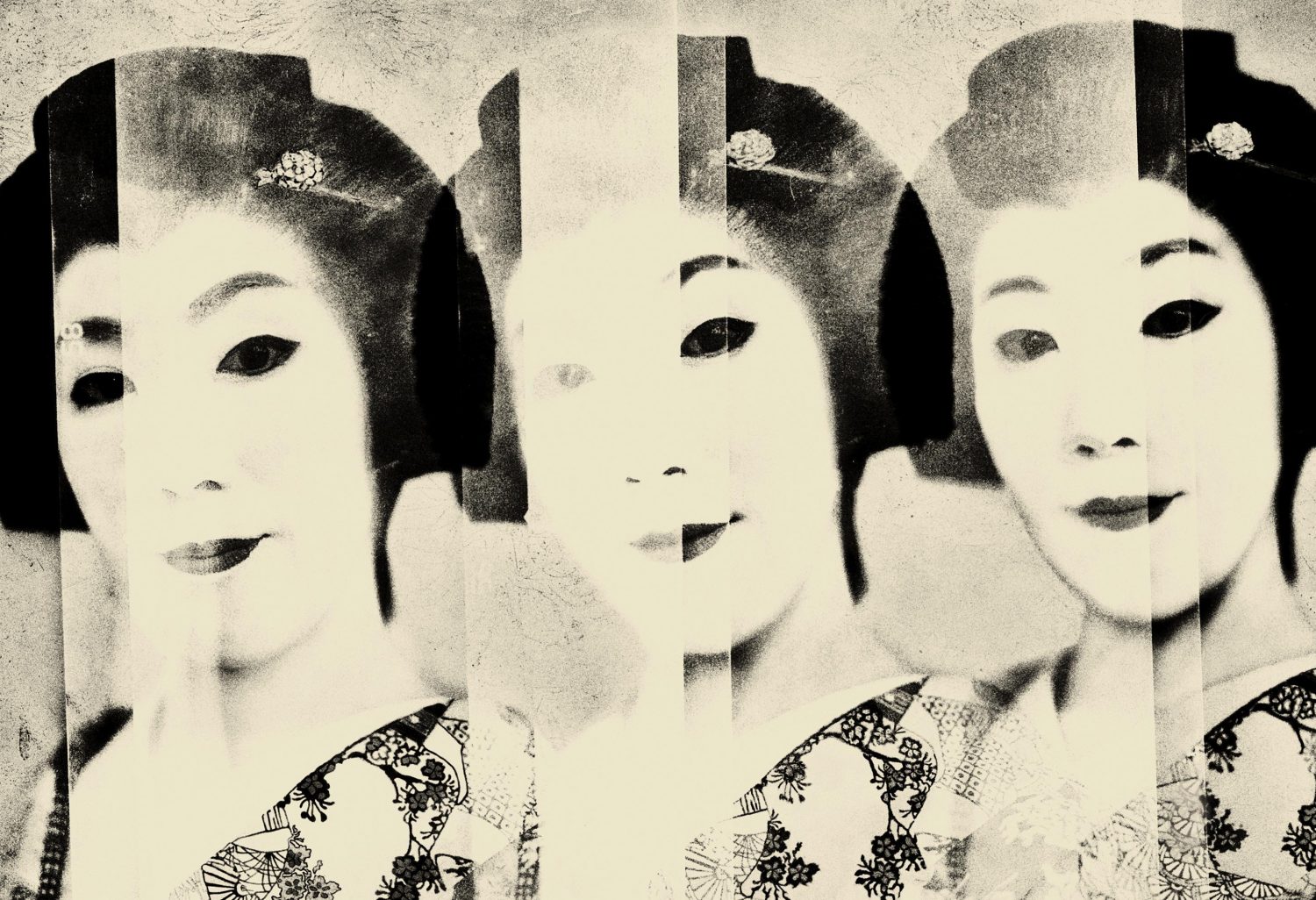
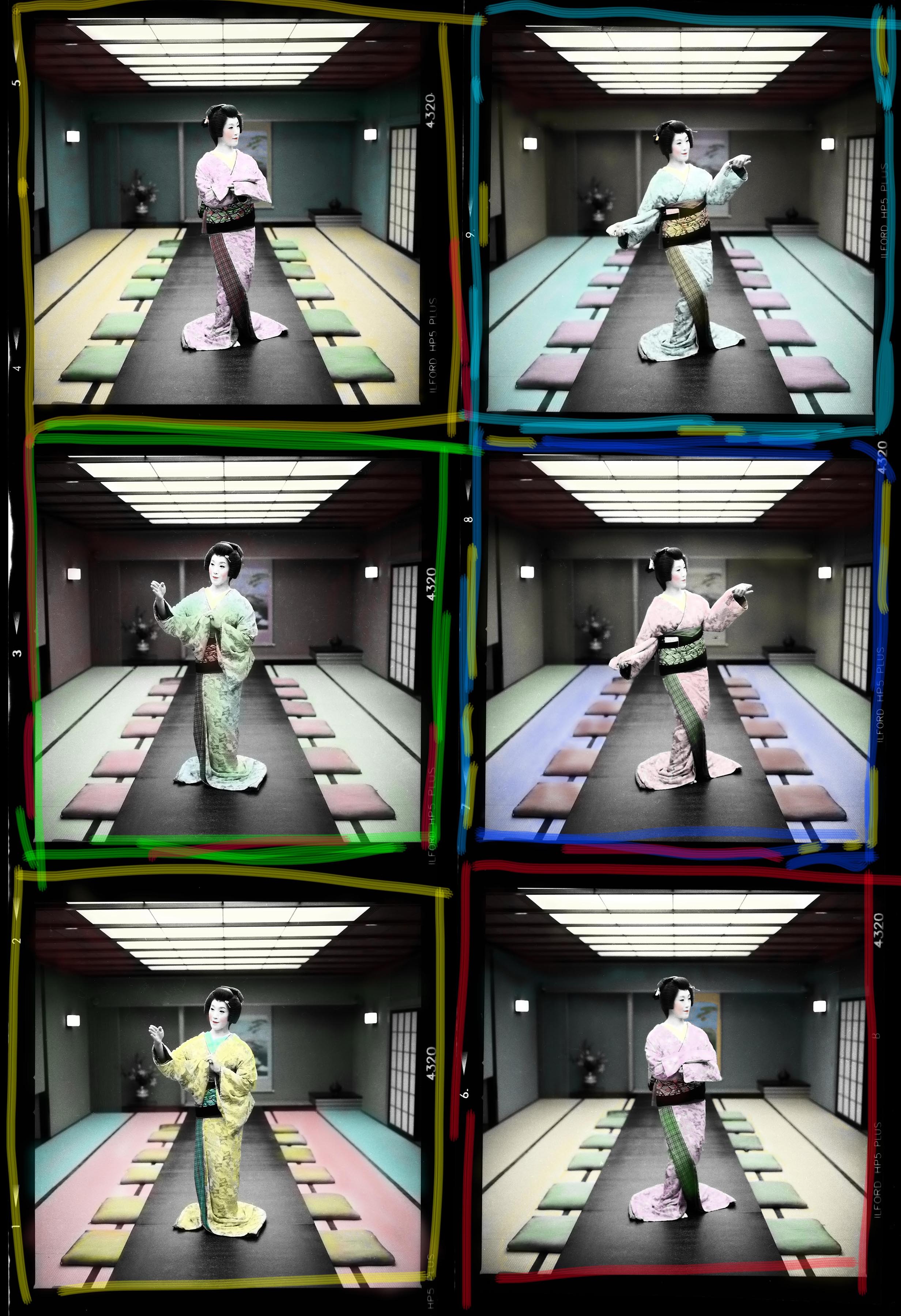
Dancing Geisha
Back to the start
My work started in sport, and I got a job with the sports picture agency ALLSPORT, My vision was to make images like Don McCullin to use a short lens, have access and to document the sporting personality or team in a way that hadn’t been done before. I was lucky I knew Damon Hill and in 1994 we decided we would do a book on what it was like to drive alongside Ayrton Senna. Sadly Ayrton was killed in race 3! Our book went to the top of the best sellers list and opened up doors to me throughout the world of sport.
- Damon and Ayrton two hours before Ayrton was killed. Imola GP 1994.
- Frankie Dettori, Ascot, 1997.
A full circle
I'm so happy to see people investing in using film again, it's funny how we go full circle!
Even my young daughter of 7 loves helping out with the processing and here she is processing her own film shot on a Leica Fiii.
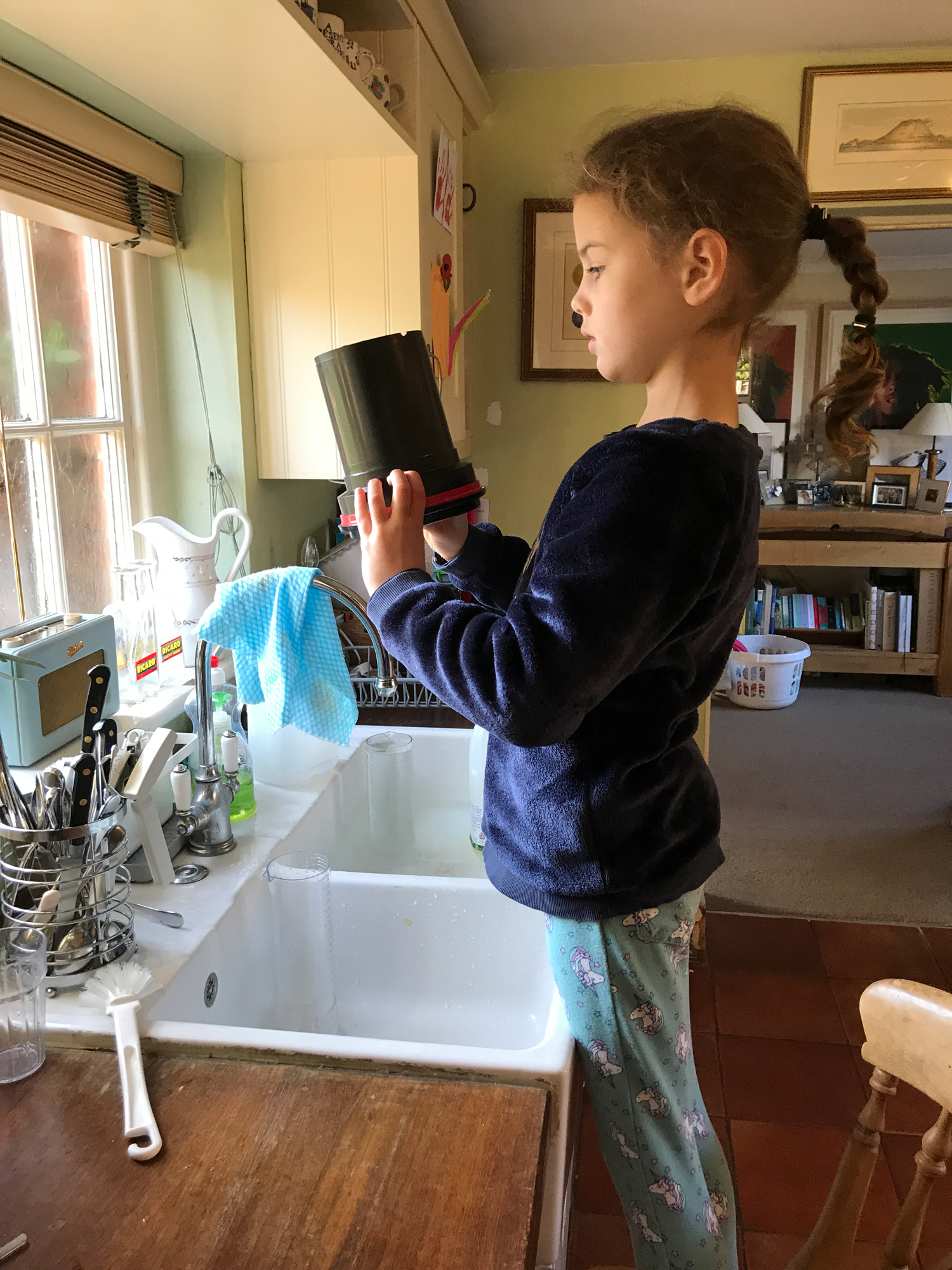
Elsa processing her film.
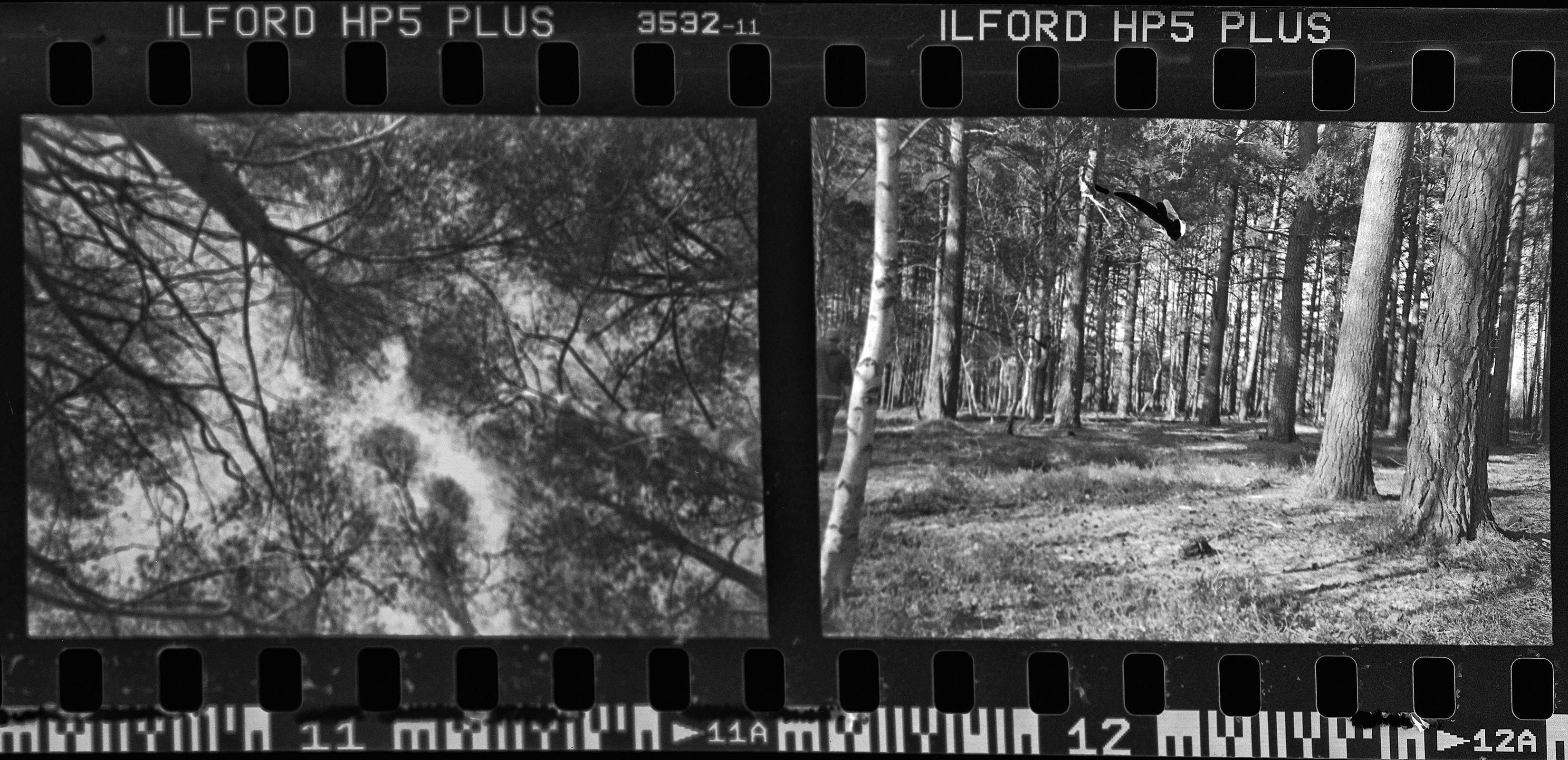
Stedham Common, By Elsa Nicholson aged 7.
About The Author

Jon Nicholson
“I need to find it; I need to see it and I need to share it. The only way for me is to photograph it and show people exactly what I see in a very simple, but unique captivating way.”
Every photograph tells a different story, so imagine how many stories a photographer has to tell after 35 inspirational and encapsulating years to date. Jon Nicholson is that incredible narrative photographer.
With a focused career spanning over three decades, Jon began his passion by combining his two interests in life at the time, photography and windsurfing. The fascination of these two hobbies instigated both a lifelong profession and obsession of capturing intriguing imagery that held compelling hidden stories. The next 10 years would see Jon embark on a journey covering a wide variety of sports and events for ALLSPORT Photo Agency, The Sunday Times, The Observer, The Guardian, The Mail on Sunday, Paris Match, Stern and The LA Times.
1993 saw Jon arrive into the world of Grand Prix racing, documenting life both on and off the track for influential motorsport figures such as Damon Hill, Eddie Jordan and both Jackie & Paul Stewart. Jon also had first insight into numerous F1 Teams including Williams-Renault, Jordan, Stewart, Ferrari and McLaren. The next 15 years of dedication and enthusiasm presented Jon with 9 bestselling books that can still be found today on the bookshelves of Formula 1 fans and sports enthusiasts across the world.
Concurrently with his Grand Prix assignments, and being established as “a legend behind the lens” in a variety of sporting arenas, Jon had the unique privilege of being the only photographer granted with ‘access-all-areas’ to document the England Rugby Football Union (RFU) team in their first year of professional status. Establishing a connection with the then England Captain Will Carling, Jon became known as the 22nd squad member of the England international rugby team.
Alongside this, Jon also spent a year documenting the life of one of the world’s top athletes in Linford Christie, this connection with the world of athletics would present itself again on the grandest scale in both 1992 and 2012 as Jon was honoured with being an official photographer at the Barcelona and London Olympics.
“I would say that for any photographer to be asked to cover the Olympic Games and Paralympics in their home country is a very special thing to tick off the list.”
The next inspirational phase of Jon’s career can be described as moving focus from the back pages of the papers to the hard-hitting front. From 1998 through to 2007 he joined the UN in Africa visiting many areas ravaged by war, food crisis, genocide and HIV/AIDS – often being the only photographer to be granted access to these often remote and extremely precarious areas of the world. The incredibly powerful images from his time in places like Darfur and beyond were exhibited in both London and New York as well as being shown widely across Africa. The impact levels reached by the unparalleled photographic collections such as ‘The mouths that scream in silence’ presented many opportunities for them to be showcased globally and to highlight the horrifying scenes that most of us would never experience or see in a lifetime. Features followed in The Sunday Times Magazine as well as being projected onto Battersea Power Station during London Fashion Week. The images were also personally requested for use by George Clooney in his “Not on Our Watch” campaign as well as by around 80% of the world’s universities.
“Photography is easy, but gaining access is hard. You have to do your dance..”
At the same time as the work in Africa, Jon needed to balance these physically and mentally demanding trips with some sanity and less emotional straining projects. After several assignments with Wrangler Jeans Jon met a cowboy called Jack Craft from Clarendon Texas. He stated that the way of the cowboy was almost extinct and that the struggle had become too much. 2001 saw the release of Jon’s book “Cowboys. A Vanishing World” which is the culmination of four incredible years travelling throughout the west of the United States of America documenting the life of the Cowboy. This iconic body of work was featured in Levi’s flagship stores across the world together with an exclusive exhibition at the prestigious Michael Hoppen Gallery in London.
2001 also saw the first of around 50 memorable visits (…so far!) to India, a country and culture that has held a long-time fascination for Jon dating back to his early teens. His first project was on the River Ganges, travelling from the source to the mouth over a duration of 4 years. This incredible journey was later published as a book by the BBC to accompany their fascinating and insightful series on India. His travels to the cultural, diverse and vibrant South Asian country are far-reaching from the southernmost tip to deep into the North East forests of Nagaland. Jon’s love affair with India continues…
“Benares, oh how I love you. Every single physical and emotional sensation is tapped here. Over all of the visits to India I have made so far, this is the place I love the most.”
Jon has travelled extensively across Asia throughout his career, in the earlier days for Grand Prix racing and more recently carrying out several projects across Japan, China and Southeast Asia. These projects have included a study on working women of Asia, the documenting of the mountain people of Gangtey Valley in Bhutan, portraits in Java and photo tours of Myanmar. Alongside all this Jon also pursued personal projects such as capturing picturesque images of Mount Fuji that pay homage to Masanao Abe.
Along with this huge variety of assignments Jon has also travelled the globe on assignments for many of the world’s most recognisable titles and brands. These have included National Geographic, Conde Nast, Wrangler, Levi’s, Nike, Adidas, Puma, Timberland, Patagonia, Tag Heuer, Toyota, Ferrari, Hilton Group, Nikon, Olympus Cameras, Leica Cameras to name just a few.
At his beloved home in West Sussex, Jon enjoys far calmer and more reflective times between overseas trips to pursue personal projects and UK based commissions. Being a keen windsurfer, Jon heartwarmingly gravitates to the coastline and from 2010 to 2013, he dedicated time to capturing seaside scenes. These are not the exclusive, paradisiacal haunts of the rich and famous, but the gritty, often rocky shores of the Atlantic and Irish & North Seas that are filled with amusement arcades, bathing huts, beach umbrellas and people of all ages and classes. Jon’s Polaroid SX70, together with film from the 1970’s – the very last batch that was available in the UK – was the perfect vehicle to capture the colour and character of seaside resorts such as Brighton and Eastbourne with a 1970’s style effect. Jon’s book “Seaside Polaroids” was featured in The Daily Telegraph, The Metro and The Daily Mail with the exhibition taking place in London.
‘If you go out with a digital camera, people fear you, whereas with this 1970s camera everyone smiles at you and is intrigued by what you are doing.’
Jon’s current project is traditionally the preserve of painters. The Duke of Richmond has taken the innovative step of appointing and entrusting Jon to be the first photographer to document daily life in and around the exquisitely picturesque Goodwood Estate.
Never before has behind-the-scenes access been granted to uphold the record and bolster archives, looking at the people who live and work on the estate across the 12,000-acre landscape and of course the hugely successful calendar of events. This historically significant project, spanning a year and possibly longer, will keep Jon in the UK for the greatest length of time in 35 years.
“Truly an amazing opportunity for me to delve into the history of Goodwood which I feel honoured to embark upon.”
So, what is next for Jon? The stories he has documented will continue to unfold and the strong relationships that have been forged for a lifetime will continue to blossom. The cowboys, the working women of Asia and of course his beloved India will be continually revisited. The unmistakable passion, personality and thread of Jon’s story will continue to be woven in his unique style – with compassion and grace but without compromise. His engaging personality really does shine through in his photography.
Find out more on Jon’s website







